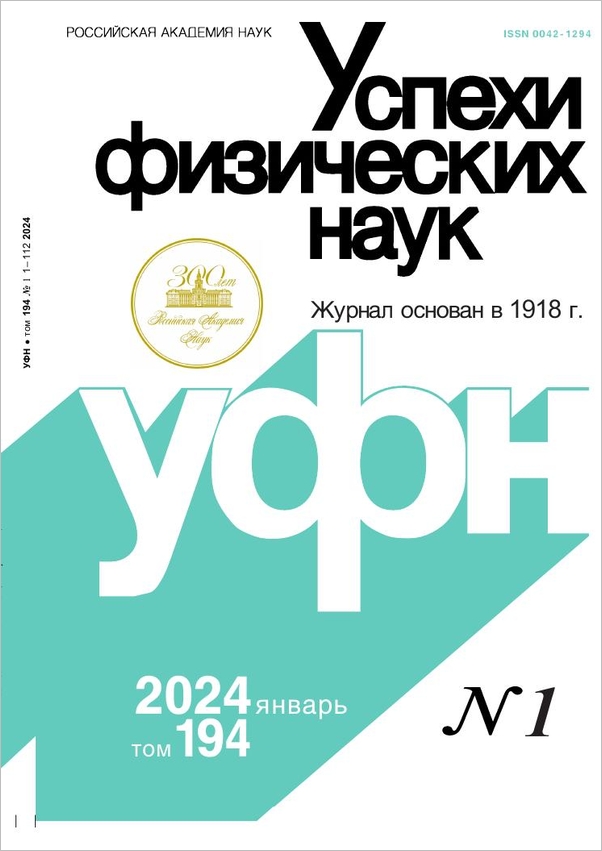|
This article is cited in 2 scientific papers (total in 2 papers)
PHYSICS OF OUR DAYS
The interplay of nuclear and chemical physics
V. I. Gol'danskiĭ
Institute of Chemical Physics of the USSR Academy of Sciences, Moscow
Abstract:
A review is given of the interplay of ideas and methods used in the study of the structure of matter at the four main conceptual levels of chemistry and physics, i.e., elementary particles, nuclei, atoms, and molecules. Examples are quoted of new achievements in the study of radioactivity, including the formation and properties of the heaviest elements and “new atoms” in which the proton or electron is replaced by a different elementary particle. Emphasis is placed on the importance of hyperfine interactions between the nucleus and the atomic shell electrons, and between inner and valence shells, which form the basis of most modern experimental methods in chemical physics. The possible interrelation between dissymetry in the bioorganic world and the nonconservation of parity in weak interactions is discussed in the light of new experimental work in this field. This suggests that one of the main problems in chemical and biochemical physics is the acquisition of dynamic structural data on the properties of molecules, i.e., the establishment of a connection between changes in the electron structure of molecules and their functional motion.
Citation:
V. I. Gol'danskiǐ, “The interplay of nuclear and chemical physics”, UFN, 118:2 (1976), 325–338; Phys. Usp., 19:2 (1976), 180–188
Linking options:
https://www.mathnet.ru/eng/ufn9779 https://www.mathnet.ru/eng/ufn/v118/i2/p325
|


| Statistics & downloads: |
| Abstract page: | 53 | | Full-text PDF : | 27 |
|





 Contact us:
Contact us: Terms of Use
Terms of Use
 Registration to the website
Registration to the website Logotypes
Logotypes








 Citation in format
Citation in format 
